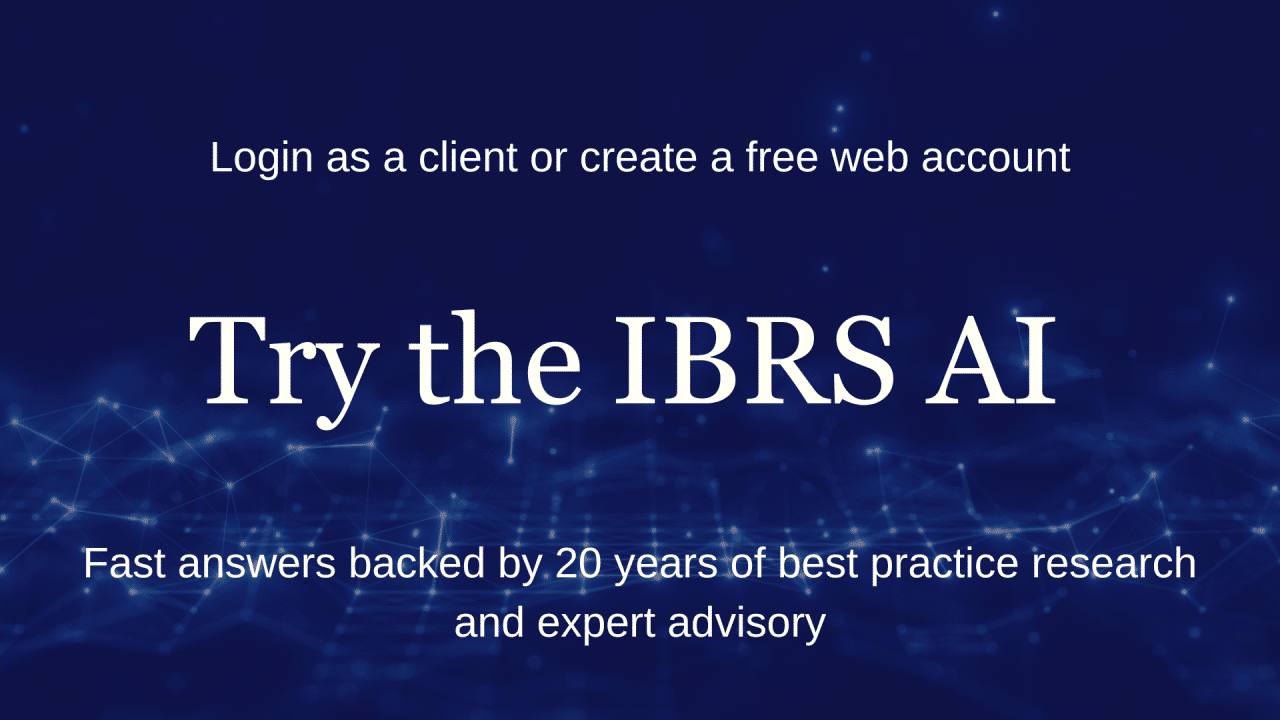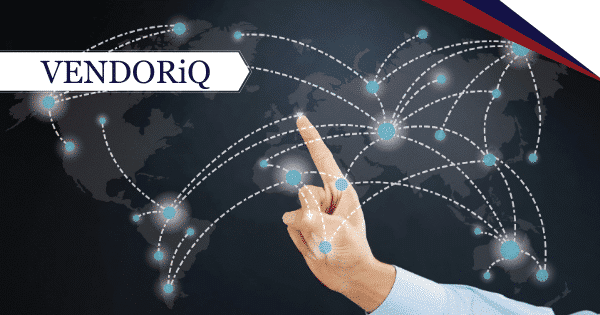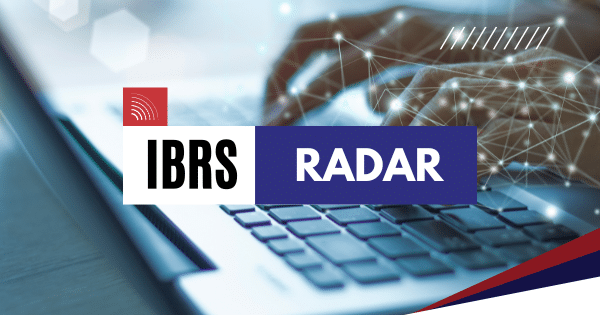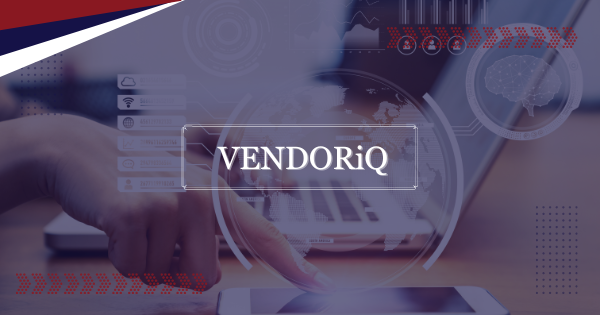
In-Context Advice | Skills Development | Personal Touch | Mitigate Risk | Save Time
Our Team

Nick Bowman
Nick Bowman

Dr Joseph Sweeney
Dr Joseph Sweeney

Mike Mitchelmore
Mike Mitchelmore

David Beal
David Beal

Dr Philip Nesci
Dr Philip Nesci

Mark Unwin
Mark Unwin

Callie Evans
Callie Evans

Andrew Cooper
Andrew Cooper

Antony Stinziani
Antony Stinziani

Andrew Fox
Andrew Fox

Peter Barta CA
Peter Barta

Abhishek Singh Bailoo
Abhishek Singh Bailoo

Margaret Tjhin

Jenny Shiels

Francesca Goad

Tammy Tong

Christine Harwell

IBRS Advisor Team

James Turner
James Turner

Irene Pimentel

Kevin McIsaac
Kevin McIsaac
Contact KevinResearch & Advisory
Your team needs practical, in-context advice and support to ensure that the implementation of your strategy and programs of work are successful.
The IBRS research & advisory service provides on-going, deep advice and guidance to you and your team.
Cyber & Risk Network
The IBRS CIO Cyber and Risk Network is a vendor independent forum for CIOs to share with, and learn from, their peers.
A practical, time-critical information sharing service, better practices, case studies, and a powerful support network to CIOs.
Vendor Research Programs
IBRS vendor research services provide custom strategic, thought-leadership research for ICT vendors. All research engagements retain a high degree of independence and rigour.
Assurance
IBRS assurance services provide independent expertise throughout every stage of your project to make sure you are continually getting the right advice for the best chance of success
Consulting
IBRS consulting services provides highly experienced talent, all experts in their fields, backed by IBRS’s research, best practice frameworks and practical processes. Our consulting methodology is all inclusive which means we work closely with our clients to ensure any outcomes are owned by the organisation.
What Makes IBRS Different
IBRS is Australia’s leading local ICT advisory company. For the past two decades, our goal has been consistent: to help Australia’s CIOs and their teams make the best possible decisions. We mitigate yours risks and validate your strategic decisions by providing independent and pragmatic advice while taking the time to understand your specific business issues.
Formed in 2002, IBRS has a broad client base across all industries. Through our advisory, assurance and consulting practices, clients engage with IBRS advisors and are able to deal with the issues that are critical for them. We conduct inquiries covering more than a 1,000 topics a year, review hundreds of projects and case studies, and are briefed by all of the major vendors. Most importantly, we track local vendors and channel partners. We know what’s going on locally and bring that local knowledge to your local issues.
All our advisors have been senior ICT executives and have a passion for making sure that technology benefits Australian organisations. Our high-touch service approach enables our clients to develop relationships with advisors, which in turn builds trust and becomes and extension of staff resources, IBRS model includes frequent contact through regular advisor meetings, inquiries, strategic and project reviews.
How do you tell if you are getting the right advice from your Advisory company? Try implementing it. IBRS focuses on providing actionable, tangible recommendations that will improve your ICT strategy and operations. Our advisory papers all list ‘next steps’ so you know exactly what’s needed. Our vendor analysis focuses on the business context and impact, not just the tech features. Trends are nice, and we have them too. But it is real-world, practical advice that makes the difference.












